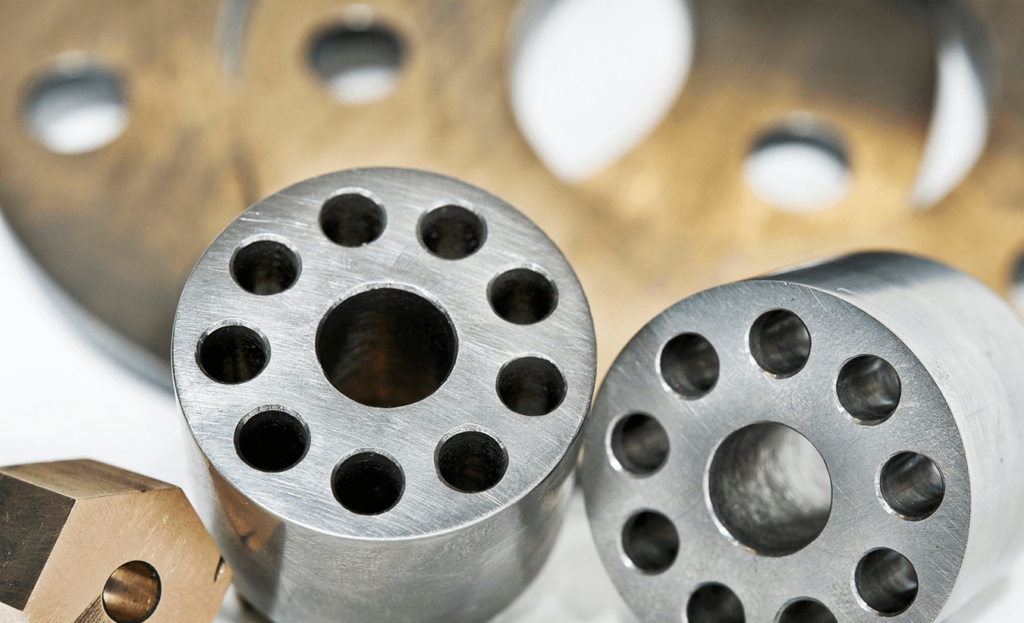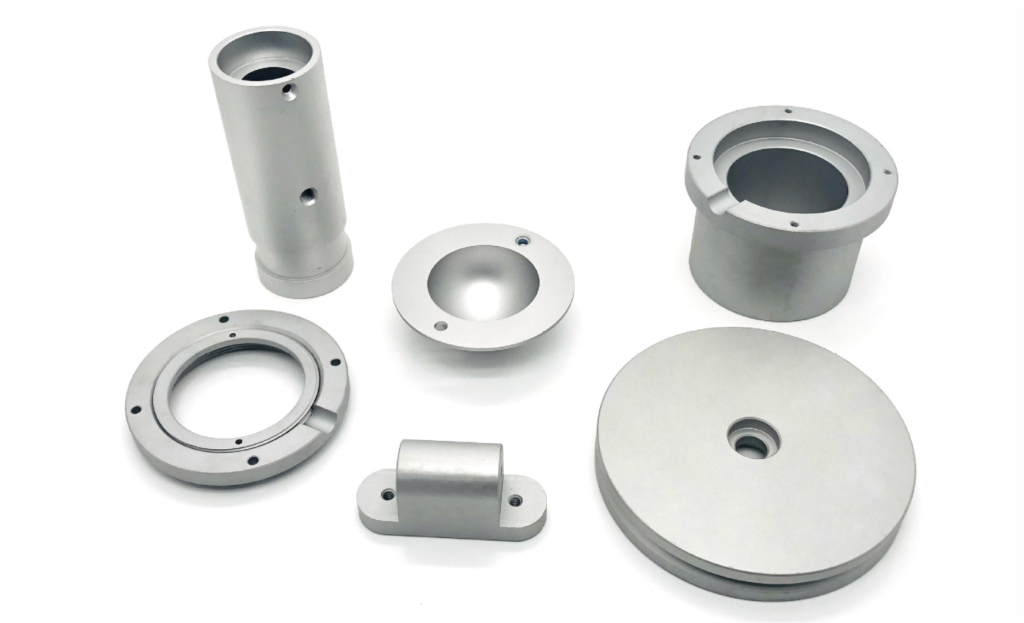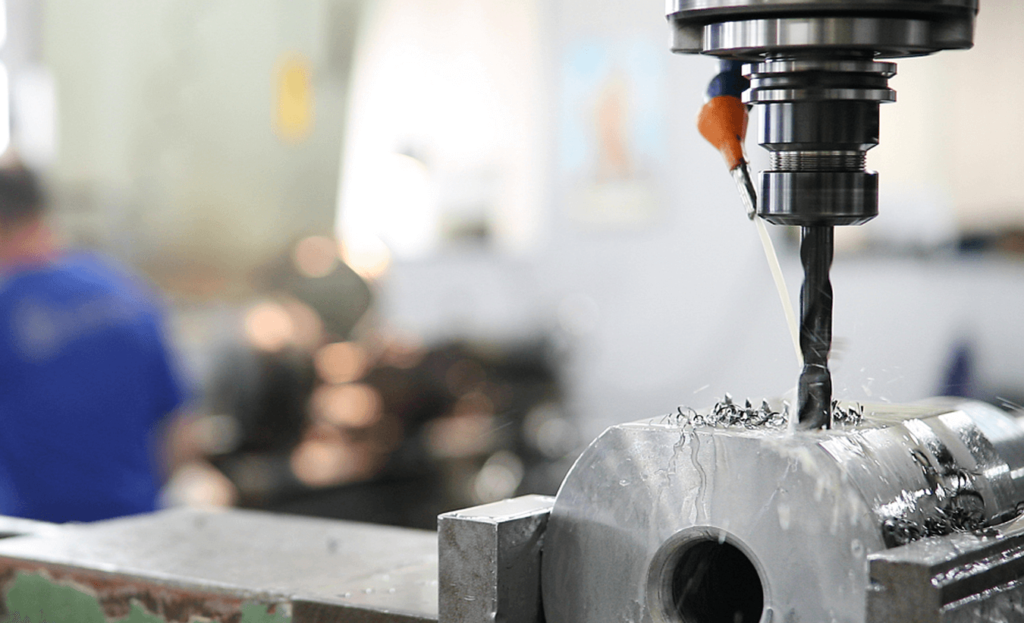CNC (computer numerical control technology) and 3D printing are two leading manufacturing technologies for rapid prototyping and small-batch production, but they use completely different production techniques to achieve their goals. CNC uses subtraction to eliminate unwanted parts from a piece of material, while 3D printing uses addition to create a product with layers of material on top of a blank piece.
Both manufacturing methods have advantages and disadvantages, and it is hard to say which you will use in your own project or when. Please note that other manufacturing techniques such as jet molding are more suitable and efficient in mass production, such as manufacturing more than 200 parts. We have prepared a detailed comparison between CNC and 3D printing so that you can compare the two methods in detail and decide which one to use.
CNC is the synthesis of many manufacturing technologies around the world. In fact, reduction manufacturing is more popular and has more functionality than other manufacturing processes. Typically, CNC is the primary method used when fully functional prototypes, parts, or details are required. Most are used for industrial evaluation and testing. In military terms, additive manufacturing is a reserve force that appears only when it is needed. Read this guide to discover the benefits of each technology and how they are in demand in the modern manufacturing industry.
Which is better? CNC or 3D printing?
1. Scope of application
CNC Machining
Typically, CNC equipment is used to make durable, precise, and heat-resistant parts. CNC equipment can be used in almost any industry, from small workshops to large manufacturing plants. This technology has a wide range of applications, including jewelry, hardware molds, castings, and so on.
3D printing
The frontier of 3D printing is the human imagination. It is widely used in mechanical engineering, jewelry, aerospace, medical fields, and even food printing, bio-printing, and construction.
2. Multiple materials
CNC Machining
CNC can use a variety of materials, such as metal alloys, plastics, jewelry wax, etc. In addition, CNC is the main production tool for wood processing, and can process other materials quickly and accurately. One of the main advantages of CNC manufacturing is that it can be used on almost any solid substance.
3D printing
Most of the materials that can be used in CNC can be used in 3D printing. Including a variety of plastics and difficult-to-work alloys. However, 3D printers that process metal are expensive.
3. Wastage
CNC Machining
CNC machining, cutting tool is a large proportion of the cost, reduce the loss of cutting tool to reduce the cost of production.
3D printing
Most of the materials that can be used in CNC can be used in 3D printing. Including a variety of plastics and difficult-to-work alloys. However, 3D printers that process metal are expensive.
4. Operating costs
CNC machining
Typically, CNC equipment consumables and materials are cheaper than 3D printers. However, CNC requires trained experts to preprogram process parameters and tool paths. This adds extra time and money to the cost of making the finished product. That’s why, although manufacturing is relatively fast, 3D printing is preferable in some cases.
3D printing
3D printing is cheaper and faster to get started than other technologies. However, consumables and materials are much cheaper than CNC. In summary, additive manufacturing is more advantageous for unique items of limited size, but CNC or other techniques are more recommended for making items of more than 20 items.
5. Multiple tools
CNC machining
The ability to use multiple tools on the same device expands opportunities and uses CNC universal technology. Some devices can automatically change tools based on the current task, so there is no delay in manufacturing.
3D printing
The number of tools available in 3D printing is limited. Sometimes this is a problem, but no other technology is needed with 3D printing in general. The variety of 3D printing devices is amazing, and there’s nothing additive manufacturing can’t make.
6. Accuracy
CNC machining
CNC processing is in a leading position in speed and precision. Its positioning accuracy and error are unrivaled (CNC equipment accuracy is around 0.01mm-0.05mm depending on geometry). Plus, the surface quality is amazing. Some CNC equipment can perform highly skilled tasks and projects accurately within millimeters. However, improper use can damage tools and create defective parts. That’s why the job requires highly trained professionals.
3D printing
Compared with CNC, THE clarity and surface quality of 3D printers are not good enough (the thickness of the 3D printing layer is about 0.1mm-0.5mm). Please note that manufacturing speed is heavily affected by accuracy. However, most 3D printer users don’t need high precision. Thus, the advantages of additive manufacturing compensate for the disadvantages.
7. Working Speed
CNC machining
Depending on the complexity of the design and the materials chosen, manufacturing can be exceptionally fast, in some cases unbeatable. But be aware that the preprogramming process can also be time-consuming, especially for high-precision projects. The total processing time for CNC is 3-4 days (about 1-2 days for 3D printing).
3D printing
Additive manufacturing can be slow, sometimes very slow. This is not the best choice for serial production. But why is 3D printing relegated to rapid prototyping? The reason is simple — 3D printers do not need lengthy preprogramming before they are fully warmed up, just loading materials and cutting files minutes before they are transferred to the 3D printer. In addition, additive manufacturing is improving every time, and the latest devices are several times faster than their predecessors.
8. Post-processing
CNC machining
Sometimes details of CNC manufacturing require post-production (grinding and polishing) after manufacture, but often the surface can be used directly. In addition, parts can be polished and finished on the same machine simultaneously. Parts made by CNC can be as good as those casts.
3D printing
Additive manufactured items generally require post-production, especially high-temperature metal parts with internal stresses. Meanwhile, printed parts can be put into use directly.
9. 3D models and software
CNC machining
Software preparation for CNC machining is much more complex than that for 3D printing. It must generate tool paths with the help of computer-aided manufacturing (CAM) software. The specialist must specify the size and location of the stock material, cutter characteristics, axis speed, and spindle…
3D printing
In general, 3D printers are easier to obtain. Slicer’s special piece of software turns digital models into G-codes that control 3D printer programs. The slicing method is much simpler than preprogrammed 3D devices.
The above is the respective technical characteristics of CNC processing and 3D printing and an all-around comparison guide; there is no superior or inferior. The only choice suitable for their own is the best.





